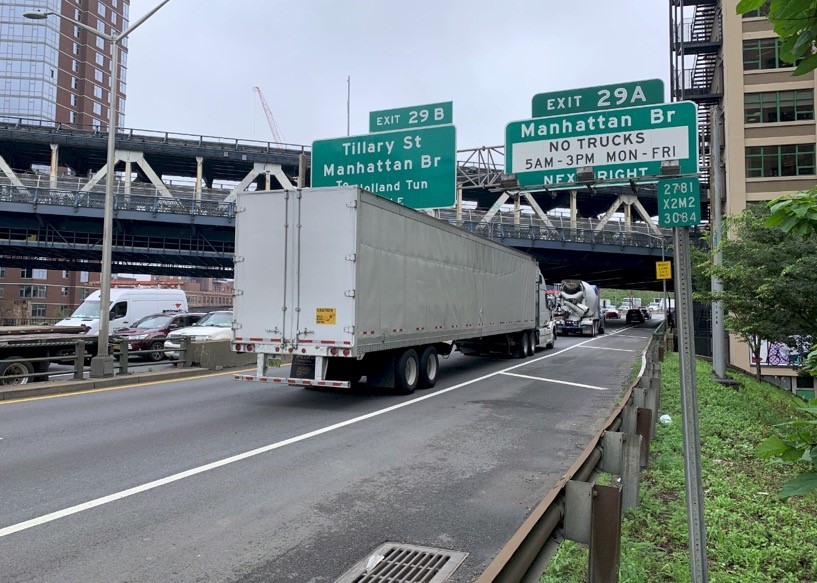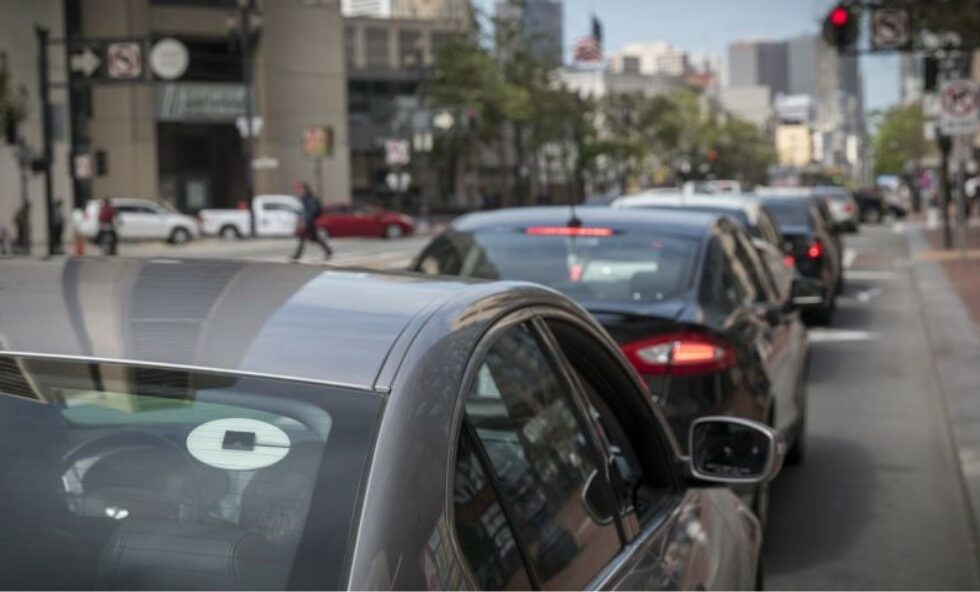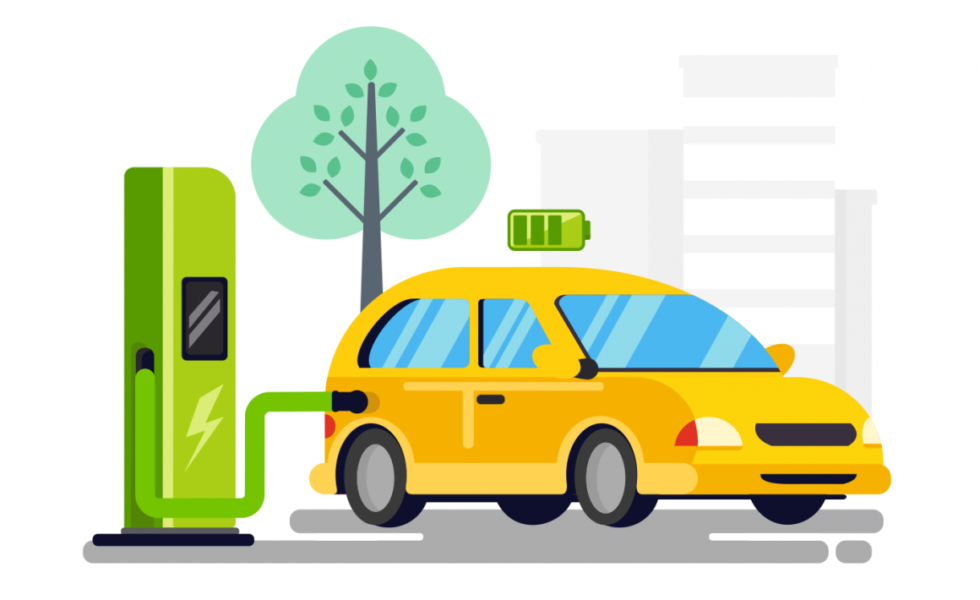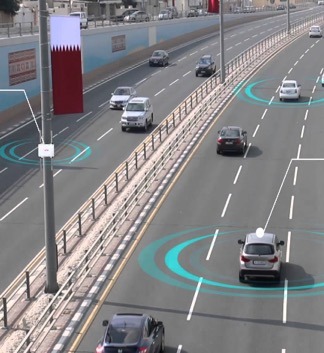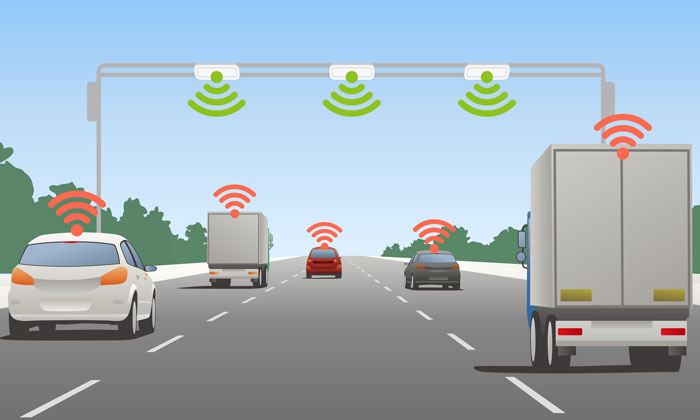Evaluation of New Features at MTA New York City Transit’s Accessible Station Lab
C2SMART researchers are working under the direction of NYCT staff in administering surveys/conducting interviews and collecting data from users of the proposed features/installations. As the data analysis partner, C2SMART is collecting and analyzing the collected data to develop analytics to assist NYCT in evaluating the performance of each of the features being tested as part of the Accessible Station Pilot.


